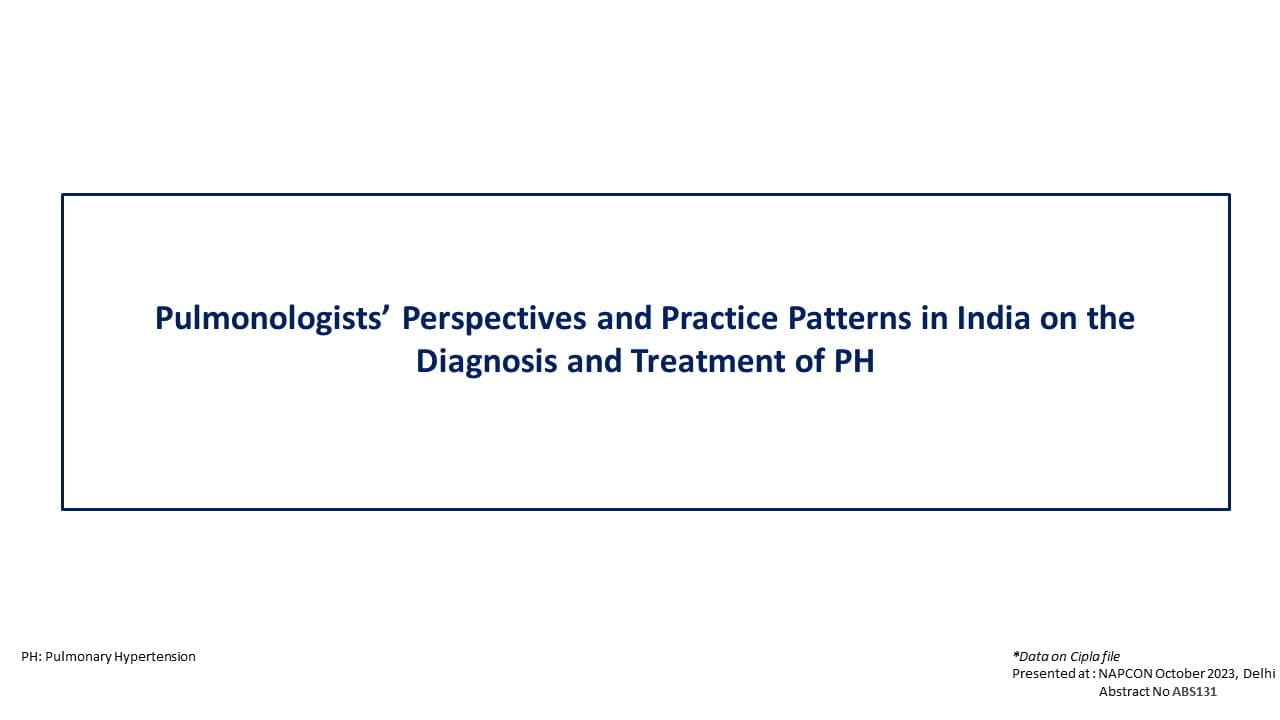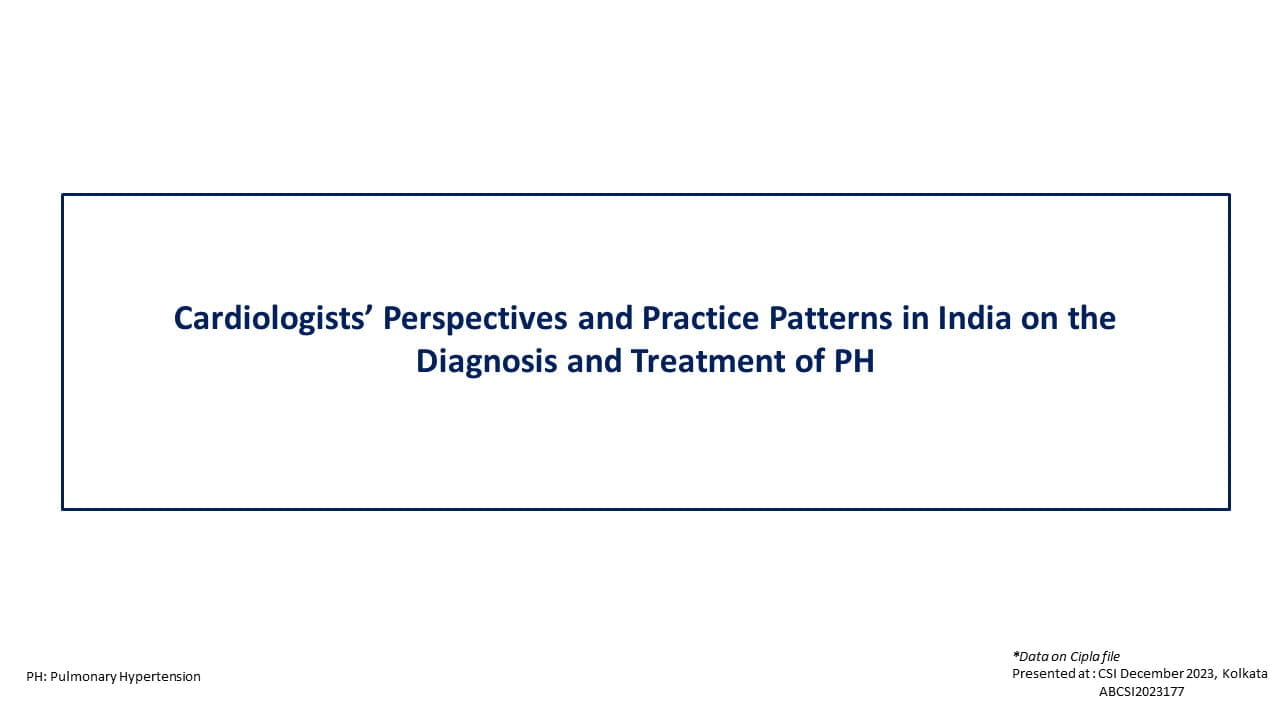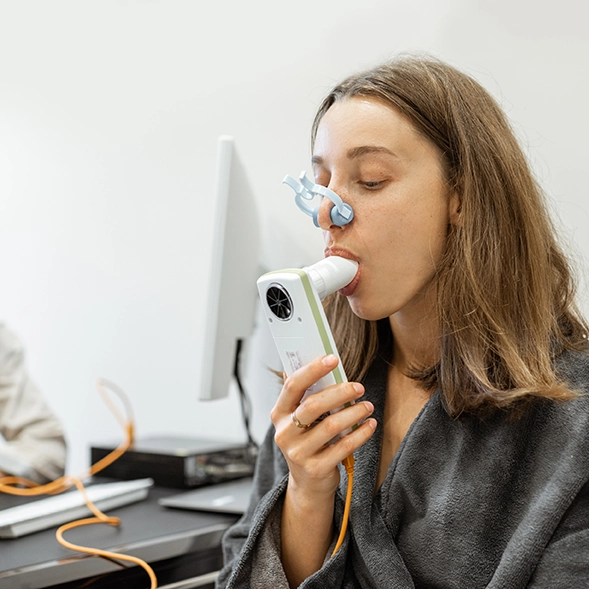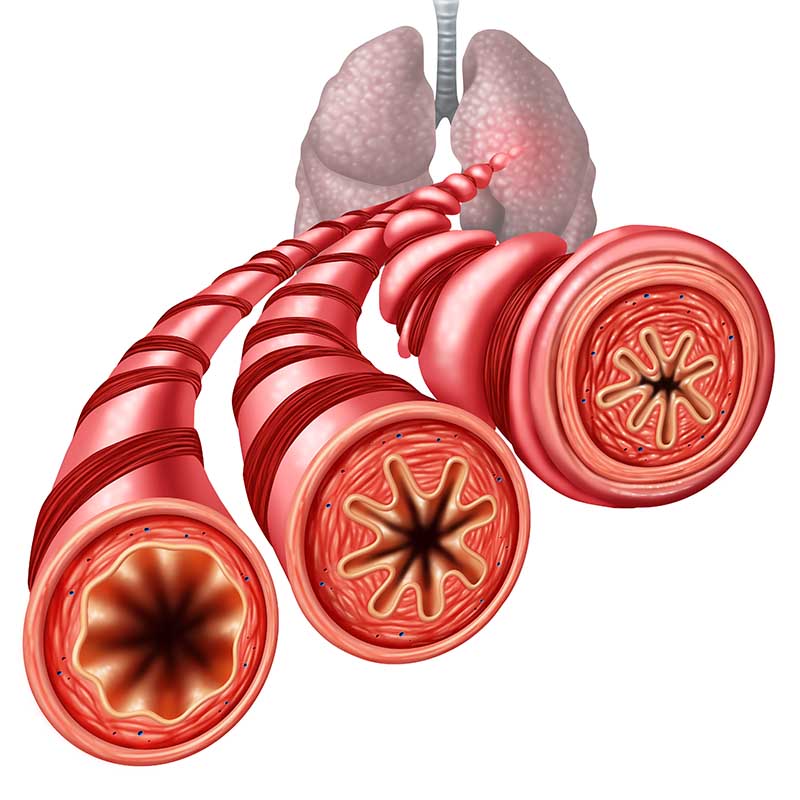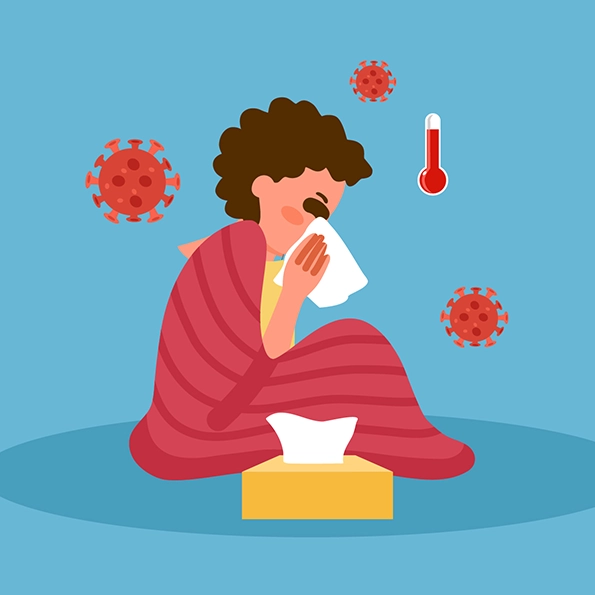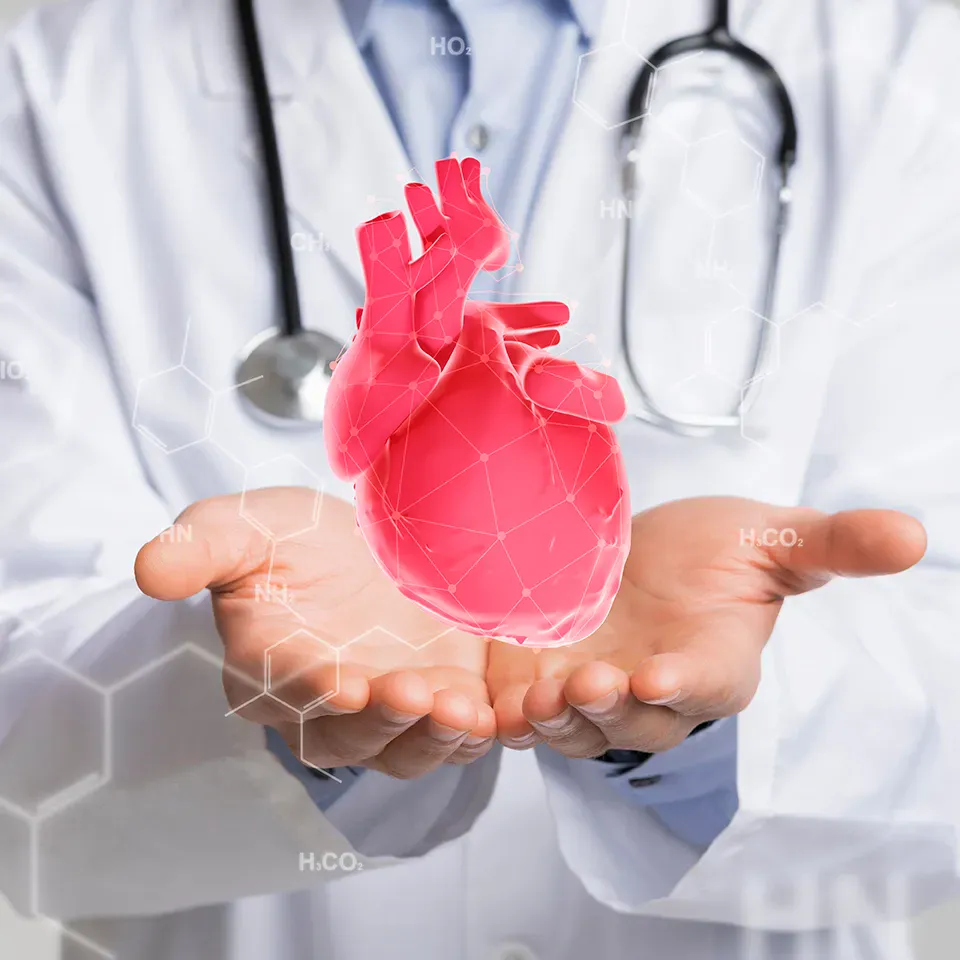A Caregiver's Guide to Hepatic Encephalopathy
What are the functions of the liver?
The liver is a very vital organ of the human body. It performs more than 500 functions. To list a few vital functions:
- Removes harmful chemicals from the blood
- Helps in digestion of food
- Stores energy
- Store nutrients and vitamins
- Manufactures clotting factors
- Fights infections by regulating immune system
One of the main functions of the liver is removal of toxic substances from the blood such as ammonia.
What is hepatic encephalopathy (HE)?
HE is the reduction of brain function (manifesting as an abnormal behavior) due to accumulation of toxic substances in the brain when the liver is unable to remove the toxins (mainly ammonia) from the blood. It is one of the common complications of liver cirrhosis.
What can cause HE?
In a healthy person, the liver filters everything that enters the body—food, drink, and medicine. Whatever is consumed passes down into the small intestine where these are broken down into various “good and bad” substances which are passed into the blood stream and sent to the liver. The liver then filters out bad substances such as toxins, eliminating them from the body, while the good substances such as nutrients are pushed into the bloodstream for the body to use.
Most people with HE usually have an underlying serious liver damage resulting from hepatitis B or C virus or alcohol. The prolonged damage to the liver, produces scarring in the liver tissue, resulting in a condition called cirrhosis. Due to cirrhosis, the liver cannot work well, and may not be able to perform its normal functions, one of them being removal of toxins. These toxins can then accumulate in the blood circulation and reach the brain, these toxins interfere with the functioning of brain and thus lead to HE. Ammonia, which is produced in the gastrointestinal tract by digestion of proteins, is one of the main toxins that contribute to the development of HE.
Depending on the conditions that can cause HE, it has been classified as follows:
Although there are three types of HE only one is usually important;
- Type C: Caused by Cirrhosis
Cirrhosis leads to obstruction of blood flow through the liver because of scaring. Meaning that it is difficult for the blood to flow from the intestines to the liver and then to the heart. This leads to the blood bypassing the liver through alternative routes. Since the liver is unable to filter the blood in this situation, the toxin level rise in the blood and cause HE.
Patients may experience bouts of HE at different frequencies. Some may experience only once every 6 months. While others may have it more frequently, while a few may even have permanent problems due to HE.
What are the signs and symptoms of HE?
- HE can present as a range of severity.
- When HE is subtle the first people to notice something is amiss are the caregivers. Often the patient may appear normal to other people and even doctors, but the caregiver notices that something has changed in the patient. They may behave differently, say things that are uncharacteristic, appear to have reduced intelligence. These are subtle changes that must be brought to the attention of the doctor.
- When HE is more severe the symptoms may include:
- Mood changes, a short attention span, and drowsiness.
- Changes in sleeping habits and difficulty in speaking or writing may occur. Patient may experience difficulty in writing. Flapping tremors in the hands maybe noticed. This flapping motion is called asterixis.
- With progressing disease, there may be confusion and amnesia (inability to recall past events), seizures, severe personality changes, jumbled and slurred speech, and slow movement.
- Sleepiness, decreased awareness, and coma may occur with severe HE.
- Patients with any form of HE need the assistance of a doctor. Since the patients themselves are unable to recognize that they are affected, the care giver must be vigilant.
What are the Stages of HE?
- Stage 1: Mild HE
Patients may have sleep problems and trouble concentrating. Mood swings may also be noticed.
- Stage 2: Moderate HE
Patients may feel a lack of energy. They may keep forgetting things. Strange behavioral changes are seen and slur speech may be observed. Their hands might shake, and they may face difficulty in writing, as well as doing simple mathematical calculations.
- Stage 3: Severe HE
At this stage patients usually feel very lethargic and sleepy. Thinking and reasoning ability may be drastically affected and they can’t do basic maths at all. Obvious changes in behaviour are seen. Patients may become anxious.
- Stage 4: Coma
The final stage is coma—the patient is unconscious and cannot be awakened; fails to respond normally to pain, light, or sound; lacks a normal wake-sleep cycle; and does not initiate voluntary movements (e.g. Moving hands and legs, talking etc.)
If the patient has already been diagnosed with HE and you feel that the condition is worsening then contact the doctor immediately.
How is HE diagnosed?
- The diagnosis of HE is based on:
- Clinical examination: Demonstrating decreased attention, altered personality and reversal of day/night (sleep) cycle and on physical examination (asterixis).
- Psychometric testing: Test that assess the mental ability of the patient. Mental ability is tested with help of certain mathematical tests.
- Electroencephalograph (EEG): An instrument that measures brain wave.
Which factors can worsen HE?
- Several triggering factors can lead to worsening of HE. Controlling these factors is the first step towards treating HE
- Dehydration—not getting enough water
- Low levels of salt in the blood (this can happen when someone is dehydrated)
- Bleeding in the stomach and intestines
- Infections
- Constipation
- Drugs that can act on the brain, such as antidepressants, certain hypnotics
- Lack of potassium
- Kidney failure
- Blockage in the urinary tract
- Hepatic portal shunt—this is a tube that is placed in a vein near the liver to relieve pressure
- Surgery
- Liver injury from disease or drugs
- Liver cancer
- High protein intake
How is HE treated?
- Since HE is a complication of cirrhosis it can only be cured if cirrhosis is tackled. The doctor may advise the following measures for treating HE:
- Medication/s that can help remove toxins
- Specific instructions to carefully raise his/her sodium and potassium levels
- Treatment for certain infections
- Treatment of constipation
- Treatment for any urinary blockages
- Discontinuing a particular medication
- Discontinuing certain foods and/or drinks
- Lifestyle modifications
What medications are used to treat HE?
- There are 2 types of medications that are used most often to treat HE: Lactulose and Antibiotics.
Lactulose
- Lactulose is a kind of sugar. It works by ensuring the patient passes stools more frequently. Thus is removes the waste from the body more frequently.
- Lactulose also helps reduce the production of toxins in the intestines. Lactulose also plays a role in eliminating harmful ammonia producing bacteria in the intestine and promotes the growth of beneficial non-ammonia producing ones.
Antibiotics
- Antibiotics kill bacteria that produce toxins from the food that is eaten. By reducing bacteria, antibiotics reduce the amount of toxins.
- Antibiotics can reduce the number of episodes of HE, rate of hospitalization due to HE, and improve quality of life. These medications have found to be reasonably safe. However, as with any medication, the patient may experience side effects while taking these medications too.
Talk to the patient’s doctor, to know more about these medications.
Any dietary recommendations advised for a HE patient?
- A healthy diet can play a vital role in promoting well-being of HE patients and help maintain liver health.
- Most of the HE patients are at an advanced stage of liver disease, which can further lead to nutritional deficiencies in patients. Thus, it is important for the caregiver as well as the patient to know about nutritious foods and specific dietary recommendations.
- For people with liver disease, doctors recommend avoiding alcohol. Alcohol can damage or destroy liver cells, and even a small amount of alcohol can be harmful, which can further deteriorate the stage of HE.
To know more specifically about the dietary recommendations, contact the patient’s doctor.
10 Things for you to remember about HE
- HE mostly occurs in people who have cirrhosis or other types of liver disease.
- HE is caused by toxins that build up in the blood and reach the brain.
- Symptoms of HE can be both mental and physical.
- HE can start slowly. Symptoms may go unnoticed at first.
- HE cannot be controlled without taking treatment.
- Symptoms will likely get worse without continuous treatment.
- Treatments for HE aims to control the disease, reduce hospitalization and prevent recurrence.
- Lactulose and antibiotics are most commonly used to treat HE and prevent toxins from building up.
- HE cannot be completely cured.
- However, with timely and proper treatment, the progression of HE can be slowed and controlled.
Words of advice for the Caregiver
- First of all, take good care of the HE patient and help him with grooming, bathing and dressing.
- Manage medical care including maintaining medical records and giving medication.
- Take care of the patient’s diet and regularly monitor the dietary habits of the patient.
- Counsel the patient about the do’s and don’ts of the diet.
- Watch for signs and symptoms of HE and side effects of medication.
- Inform the doctor immediately in case of any overt changes in the physical and mental behavior.
- Schedule medical appointments and keep a regular track.
- Drive and accompany the patient for medical appointments.
- Listen and provide the necessary emotional support to the patient.
This is not a substitute to a doctor's advice and care. Please refer to your doctor for any further queries.



